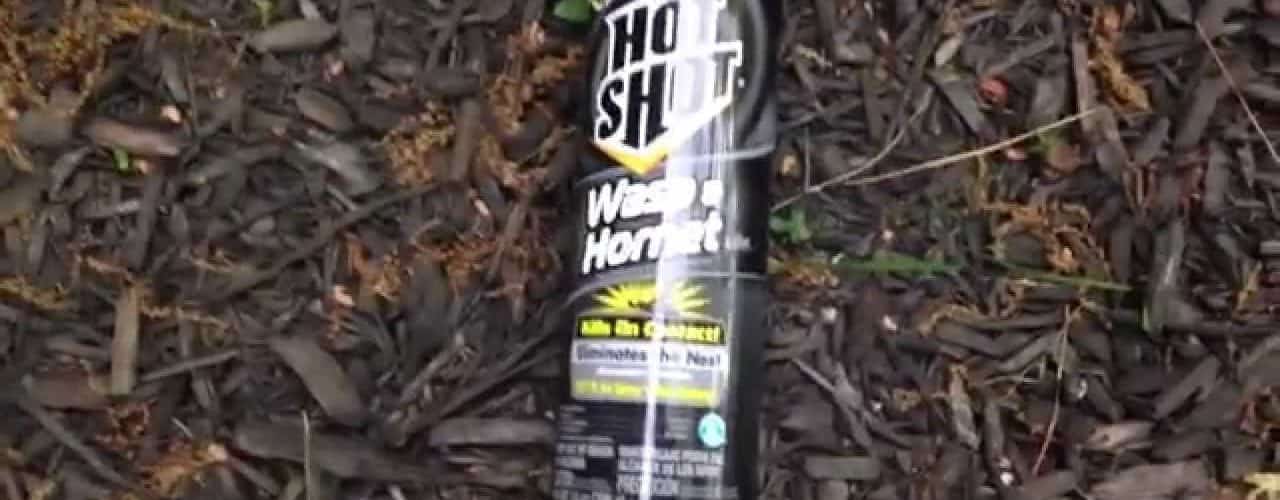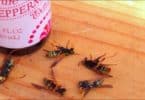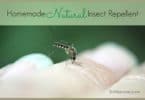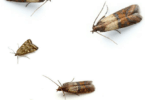Although bees are essential to the ecological system and food production, having too many honey bees close to human and pet traffic is not very desirable. The bees can sting when feeling threatened and their hives can damage a home, garage, or shed. There are also some potential health risks if the bees decide to attack as a swarm. Therefore, you may need to know how to get rid of the honey bees.
Getting started
The first step to take in getting rid of bees is to determine if it’s really necessary to do so. Just because you see a large swarm of bees doesn’t necessarily mean you have to take any action. You will need to determine which species of bees they are and whether they present an actual danger to humans and pets. If they are Africanized honey bees, then take immediate action. Call your local or state agriculture extension office and report the swarm’s existence. Follow any advice the extension agent gives you. Or have a professional bee exterminator remove the bees before they get well-established in a new hive.
If they are not Africanized bees, then you may not have to do anything. Honey bees normally only form a swarm when moving from one hive to another during their seasonal mating and reproduction periods. They only travel short distances and then cluster together to create a temporary base on a tree branch or another object. The main colony rests while scout bees go out hunting for a new location for a permanent hive. The swarm will usually move on within 2-3 days, unless a suitable new location is found nearby. Most swarms are completely relocated to a new hive within 24 hours of leaving the original nest.
During this clustered stage, the swarms are fairly docile. The bees are too occupied with finding a new home and mating to sting much. However, if they do feel threatened, they will defend themselves by stinging their attackers. So you still have to be fairly cautious when near a swarm of bees. Never swat at a flying honey bee as this will only increase the risk of being stung. Simply walk away from the bee.
More steps to take to get rid of honey bees
The easiest way to get rid of the swarm is to simply ensure there’s no suitable nesting area on your property before the colony finds a permanent home. The bees select areas that are large enough to house the whole colony. The hive has to be well-protected from various weather elements, and must receive a particular amount of warmth from the sun. It also must not be located where there are lots of ants. So bees will typically nest in hollow trees, hollow walls or abandoned beekeeper hives. Therefore you should caulk or screen potential entry sites such as gaps in siding, knot holes and openings around plumbing and electrical wires. Cut down hollow trees or fill the hollowed areas with foam. Thoroughly clean any areas that previously held bees.
Do not embark on any bee-ridding projects without first consulting the county extension agent. Many areas of the United States have specific laws that protect bees and the environment. So it may be illegal to use pesticides on the bees in your area. You may think it’s ridiculous to have such laws, but it has been estimated that honey bees make an annual $9 million contribution to the food industry. Humans could literally start to starve if the bee population is completely eradicated, whether the bees are domesticated or feral.
And since honey bees do not eat much during their swarming stages, they can also starve to death if they can’t quickly find a new permanent home. So the very best way of getting rid of the unwanted bees is to get a professional beekeeper or bee removal service to remove the swarm. It’s best to have them safely removed before they become a well-established colony in their new permanent home. Otherwise, you’ll have to take complicated steps to get rid of the honeycombs and beeswax as well as get rid of the bees.
You can sometimes find beekeepers and bee removal services listed in the local phone directory. Your county extension agent or professional beekeeper associations may also provide you with a contact list of professional bee removers. Or you can advertise for one in local newspapers, farmer’s markets, and online classified listings. If it absolutely becomes necessary to exterminate the bees, then it’s best to have a professional bee exterminator do the job. They have special training in removing the honey and wax. They also have special equipment for the task and know how to kill the bees without agitating them.
However, if you must do it yourself, be sure to wear loose fitting clothing that is tightly secured around your wrists, waist and ankles. Wear protective goggles and gloves and adequate head protection. Be sure you’re not wearing any scented perfumes, lotions or anything that will attract the bees. This includes scents from laundry detergents, soaps and deodorants.
Wait until the bees have settled down for the night before attempting to do anything. Then spray an appropriate long –ranged pesticide directly on the hive. Move to a safe area if the bees become agitated. It may take several days of spraying the hive with pesticides in order to kill all of the bees. However, most bees cannot survive for very long without the rest of the colony. So stray bees are likely to move off or will soon die naturally even if they escape from the hive. It will be necessary to remove the hive and all traces of the bees’ presence in order to keep any other bees from moving into the hive later. Any dead bees, honey or beeswax left inside walls will cause property damage and present potential health risks, as well as attract more bees.
<>






